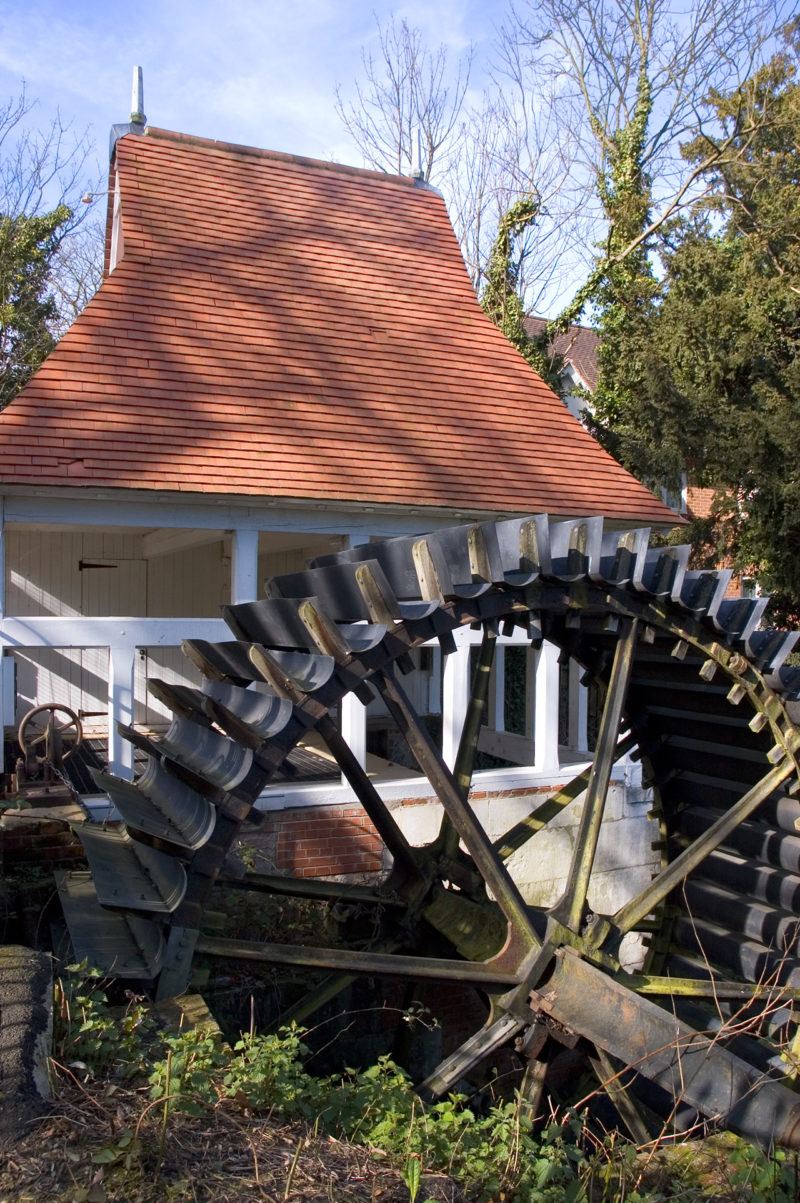Killer Whale wrote:If you look at Victorian maps, any fastish-flowing river would have featured mill-races along their length. You don't necessarily need a reservoir, at least in the uplands.
Nevertheless, it's important to bear in mind that the wind blows right across the land, covering every square metre. Watercourses, by contrast, occupy only a tiny fraction of the landscape, so there's a lot less to exploit, and may turn into useless trickles during the summer.
The wind wasn't blowing t'other day - that's why they had to burn coal. Just because small rivers aren't *everywhere* doesn't mean the ones that *are* there can't be used, and with modern technology even low water levels, provided there is a steady flow, can be utilised for generating electricity. Plus, they wouldn't be working alone. They'd be hooked into the same Grid that is already being fed by wind, solar, and nuclear generators.
Malcolm Armsteen wrote:The problem was, if I remember my local history, that it produced DC current, so was limited to one house, close by, which had about ten lights and no labour saving devices.
That's down to the technology available at the time of installation, and the cost thereof. If done today, it would have AC generators installed.
All of the problems thrown up are real, but to a government which is interested in actually doing rather than just talking*, none are insurmountable. We cannot carry on burning things to generate electricity - the atmosphere says No. Every small step - even one that only generates a couple of kilowatts per hour, is a step in the right direction, and once these things get started it's amazing how quickly they can grow into big steps.
* Which is the biggest problem of all - the government's willingness, or otherwise, to stop blethering and actually get on with stuff. Climate change has happened, *is* happening still. The time to act is now.


 - By davidjay
- By davidjay